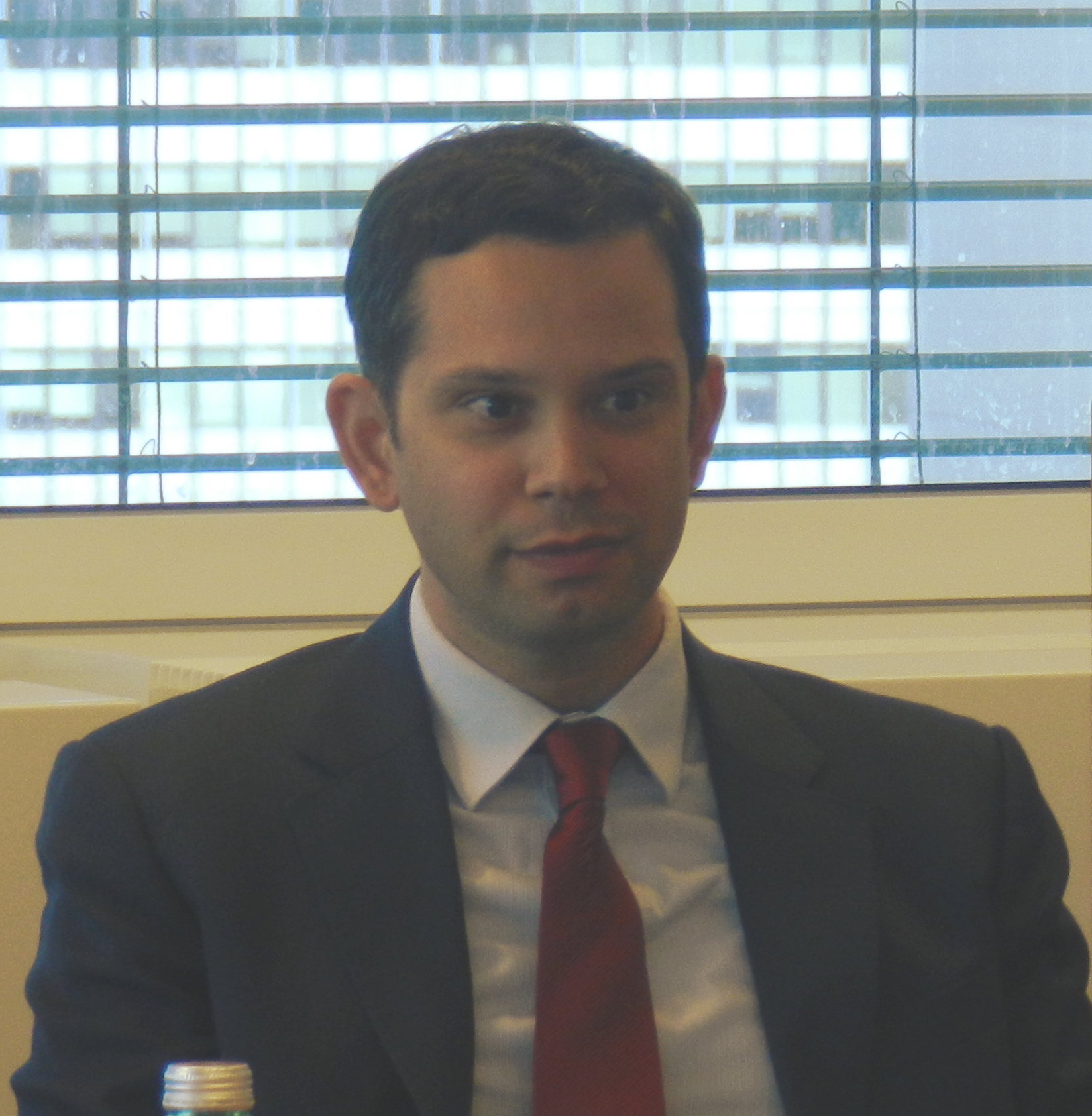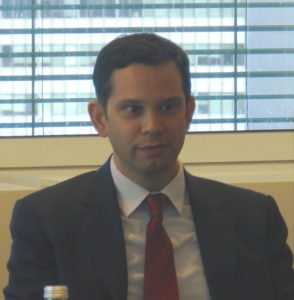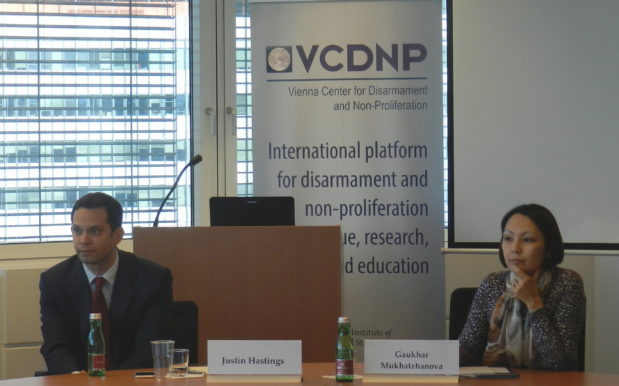

On 14 September 2017, the VCDNP held a seminar by Dr. Justin Hastings, ARC Future Fellow and Associate Professor in International Relations and Comparative Politics at the University of Sydney, on “Mapping Networks to Improve Emerging Nuclear States’ Non-Proliferation Efforts: The Middle East and Southeast Asia.” Dr. Hastings presented preliminary findings of his current research mapping out the nuclear trade and knowledge networks of countries in the Middle East and Southeast Asia. The research is meant to help determine where challenges in combatting proliferation lie, where these countries should focus its resources, and how they could develop a nuclear knowledge base for the future.
Citing his previous research conducted in collaboration with Dr. Adam Stulberg and Dr. Philip Baxter on nuclear proliferation networks, Dr. Hastings highlighted the importance of networks and argued that their structure could be a vital determinant as to whether a State succeeds or fails in its nuclear endeavors. Having looked at proliferation networks in the past, Dr. Hastings research now focuses on civil nuclear programs of several emerging nuclear states in order to determine how they can reach their goals. Dr. Hastings maps out three types of networks: (1) tacit knowledge, referring to knowledge base and knowledge sharing in and between individuals, teams and organizations; (2) trade in nuclear-related components, referring to the import and export of equipment that could be used for nuclear reactors; and (3) trade in nuclear materials and radioactive sources, identifying the key materials of interest in terms of research and trade for nuclear programs.
The Middle East and Southeast Asia were selected because both regions have countries at various stages of civil nuclear program development and both have been utilized in the past by proliferators. In his initial findings, Dr. Hastings observed that the countries in Southeast Asia are further along on both trade and knowledge networks than those in the Middle East, but highlighted that the countries in the Middle East are moving forward with nuclear power programs more aggressively than those in Southeast Asia. This general observation was further illustrated with graphs mapping out each country’s scientific communities, transfers of technology and nuclear know-how, and imports and exports of nuclear and/or radioactive materials or components. It was evident from the graphs that the networks in Southeast Asia are generally larger and more complex than those in the Middle East. Commenting on the graphs, Dr. Hastings also noted that whereas in the Middle East countries were primarily importers of material and/or components, some countries in Southeast Asia were capable of exporting materials and/or components worldwide.
During the question and answer period an engaged audience inquired about the research methodology, the correlations and the outcomes. Dr. Hastings stressed that the research is based on preliminary data and presents a general picture of the complex networks in both regions. He explained that the countries could use these research findings to assess whether the trade and research they are conducting are relevant for their respective civil nuclear program goals. They could further decide what should be adjusted, how resources could be re-allocated and which gaps should be addressed in order to better align a country’s activities with its civil nuclear program goals. Noting that both regions are eager to establish their non-proliferation bona fides, Dr. Hastings concluded that his current research, which will be conducted over the next four years, aims to help prevent nuclear proliferation by identifying challenges or gaps in the existing trade and knowledge networks and suggesting ways to overcome these shortcomings.
